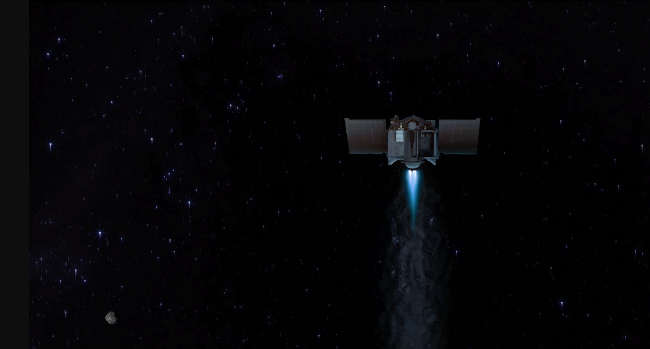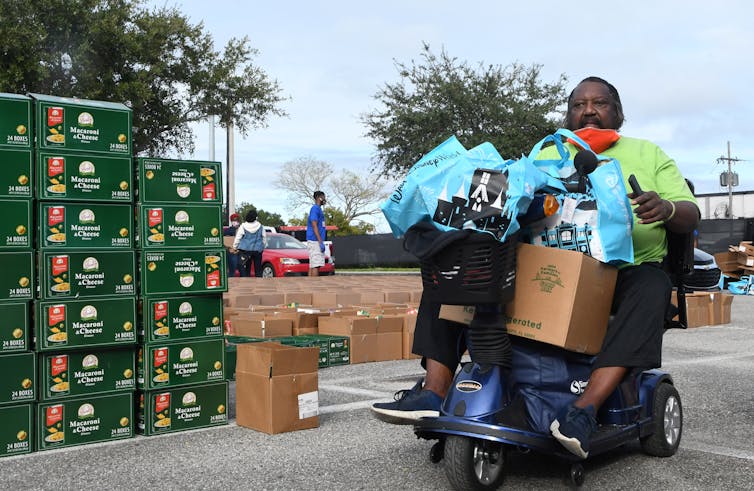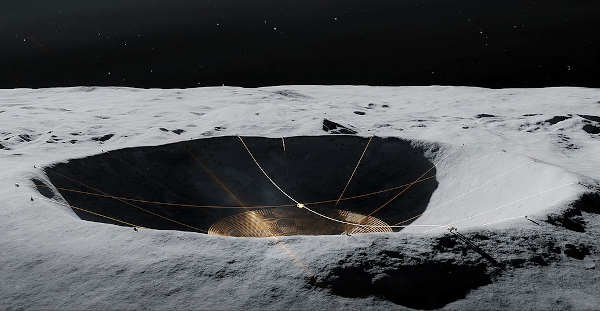- Karen Sullivan, Kim Riley, and Terre Logsdon
- Posted On
Lake County Native Wildflowers: Purple haze on the hills and in the valleys
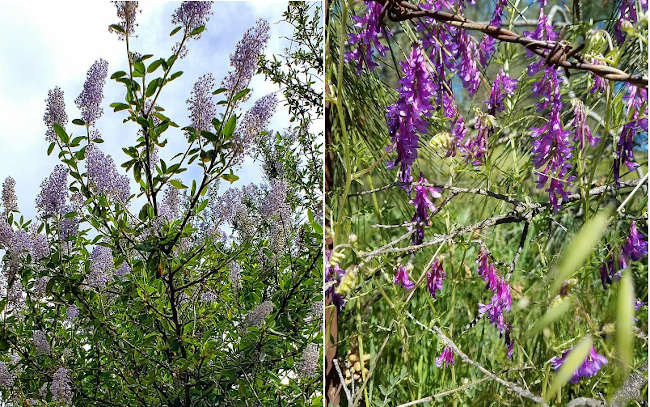
LAKE COUNTY, Calif. — There’s a purple haze on the hills and in the valleys; one is a native flowering shrub (usually on the hills), and one is anon-native invasive vine (usually in the valleys) and both are blooming right now giving a lilac tinge to spring.
Ceanothus is a California native with 26 different species in Lake County alone according to the California Native Plant Society, with 15 of those species with pale lilac to deep violet flowers; others are white, cream-colored, yellow or a mixture.
It is commonly called “wild lilac” that infuses the hillsides and chaparral areas with sweet aromas in the spring. So, if you want to attract the birds and the bees to your landscaping, any species of ceanothus are one of the most beautiful — and important — native plants to grow for them.
In addition to flowering shrubs that can reach heights over 10’ tall, there are also some that grow like prickly ground cover with holly-shaped evergreen leaves known as Mahala mats, which are well adapted to our clay-heavy soils.
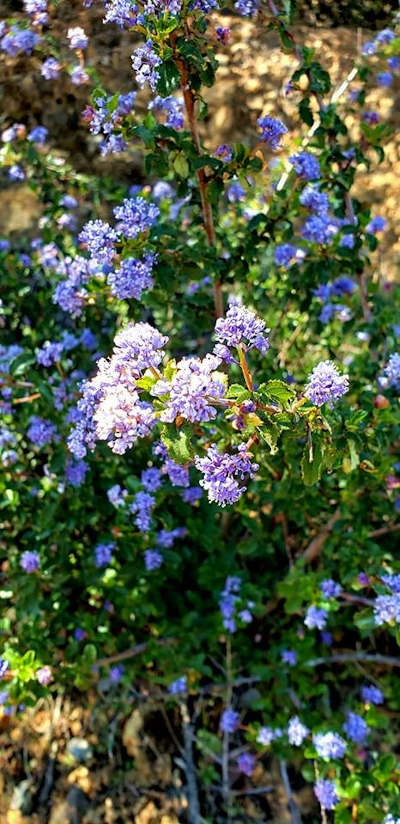
In addition to attracting birds and bees, ceanothus also thrives by neglecting it (no need to irrigate once established) is deer resistant (and the less nutrients and moisture in the soil, the more deer avoid it), and according to the UC Sonoma County Master Gardeners, has historic uses as a fresh or dried flowers, with some varieties used for lathering into soap, providing relief from poison oak, eczema, and rash. If you want to learn more about Ceanothus, we recommend reading Ceanothus by Davis Fross and Dieter Wilken (Timber Press, 2006).
The other haze of purple (well, technically, “purple” isn’t a color because there is no beam of pure or wavelength that corresponds to purple. “Purple” is a name and color invented by the Binney & Smith Crayola Crayon Company to replace “violet” — which is an actual color), is hairy vetch.

Hairy vetch is a nitrogen fixer, which means they harbor a bacteria in their roots that convert nitrogen from the atmosphere into a form that plants can absorb and use, so farmers and gardeners have planted this nonnative vetch to use as a cover crop to increase the nitrogen in their soils for increased plant growth, so it has naturalized across Lake County and California. However, it has a downside for equestrians.
Historically used in roadside revegetation projects, hairy vetch has encroached on pasturelands and valleys throughout Lake County, which can be a problem for horses who graze on the plants and cause them to founder, so best to remove it and replant other native vegetation.
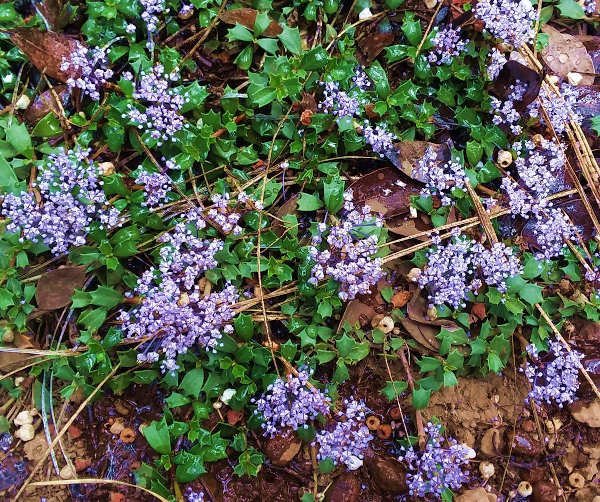
Enjoy the purple haze of hills and valleys — for spring is waning and the haze will soon disappear ...
Nurseries where you can purchase seeds/starts:
Ceanothus: See all of the species, then follow the link for nurseries https://calscape.org/loc-40.7449,-122.9759 (ceanothus)/?&poploc=1
Hairy Vetch: Invasive; remove it.

Terre Logsdon is an environmentalist, certified master composter, and advocate for agroecology solutions to farming. An avid fan and protector of California wildflowers, plants, natural resources, and the environment, she seeks collaborative solutions to mitigate the effects of climate change. Kim Riley is retired, an avid hiker at Highland Springs, and has lived in Lake County since 1985. After 15 years of trail recovery and maintenance on the Highland Springs trails, she is now focused on native plants, including a native plant and pollinator garden on her property as well as promoting and preserving the beauty of the Highland Springs Recreation Area. Karen Sullivan has operated two nurseries to propagate and cultivate native plants and wildflowers, has lived in Kelseyville for the past 30 years, rides horses far and wide to see as many flowers as possible, and offers native plants and wildflowers for sale to the public. You can check her nursery stock here. They are collaborating on a book, Highland Springs Recreation Area: A Field Guide, which will be published in the future. In the meanwhile, please visit https://www.facebook.com/HighlandSpringsNaturalists and https://www.facebook.com/HighlandSpringsRecreationArea.
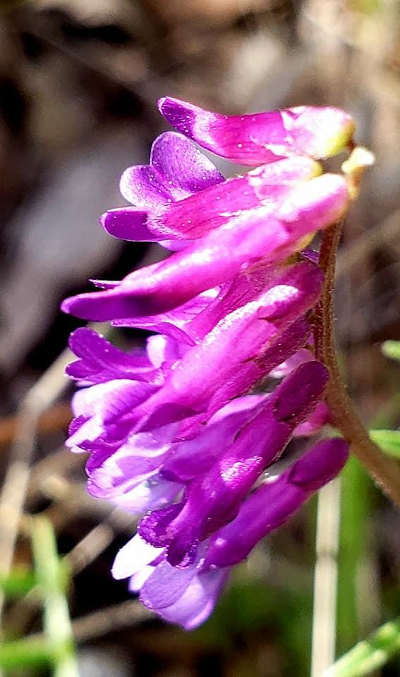


 LAKE COUNTY, Calif. – Michelle Mackey, sixth grade teacher at Minnie Cannon Elementary School in Middletown, has been named Lake County Teacher of the Year 2021.
LAKE COUNTY, Calif. – Michelle Mackey, sixth grade teacher at Minnie Cannon Elementary School in Middletown, has been named Lake County Teacher of the Year 2021.